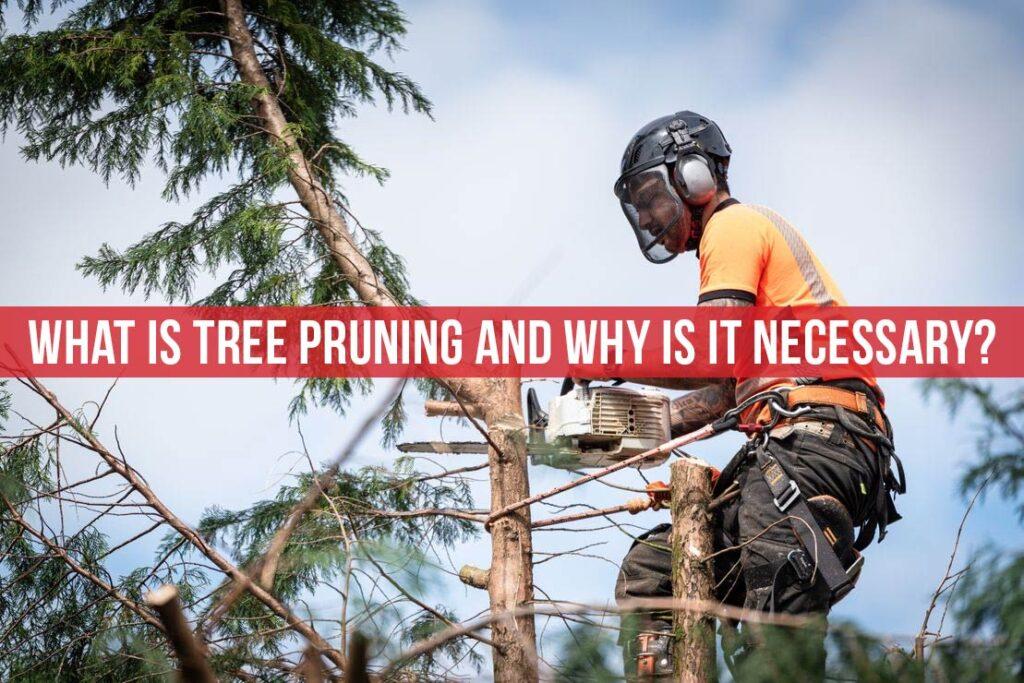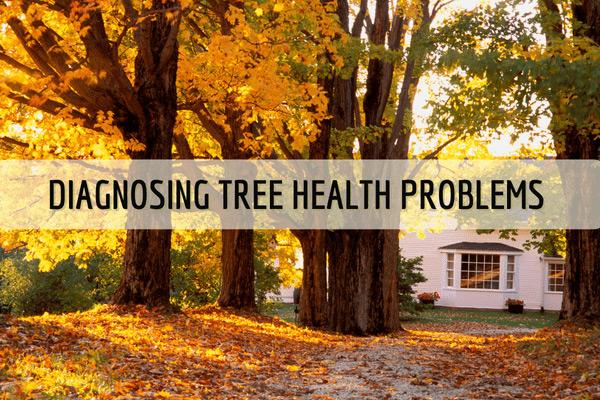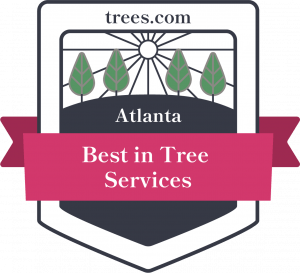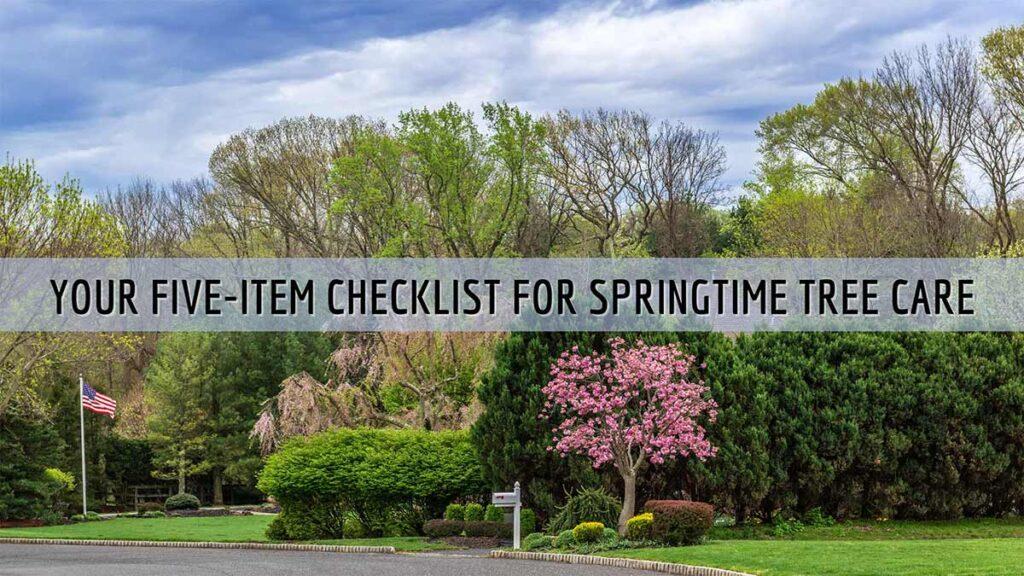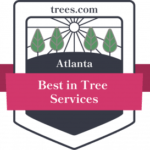Are you looking to spruce up your home’s exterior and add curb appeal? Removing trees may be the perfect solution to enhancing your outdoor living space. Not only can it help improve visibility while brightening up the landscape, but it also helps with airflow and adds more usable square footage. However, improper tree removal techniques can leave behind lasting damage in terms of safety hazards and environmental damage. Here are three thoughtful strategies for removing trees safely and smartly that will maximize your property’s improvement potential.
Prepare Your Landscape for Tree Removal
Before removing any trees from your landscape, it’s essential to prepare the area properly. First and foremost, assess the tree’s location relative to your home and other structures on your property. Take note of nearby power lines, walkways or driveways, decks, fences or walls that could be impacted during removal.
Next, ensure you have access to all necessary equipment for safe tree removal such as chainsaws and ropes. It may also be worth enlisting professional help in assessing the best approach for removal based on factors like soil type or potential damage to surrounding flora.
Finally, be sure to plan how you will dispose of any debris left behind after tree removal – this may involve renting a chipper or arranging for a separate pickup service so as not to leave excessive mess behind that can detract from an otherwise polished outdoor space.
Identify Potential Safety Hazards
Identifying potential safety hazards when it comes to tree removal is crucial to ensure that the job is completed safely and without any damages. One of the most significant risks involved in removing trees is falling branches, which can cause serious injury or property damage. It’s important to assess the surroundings and consider factors such as nearby power lines, structures, and other obstacles. Additionally, taking into account the size of the tree being removed should also be considered when analyzing potential safety hazards.
Another safety hazard that must be taken into consideration during tree removal is personal protective equipment (PPE) usage. Proper PPE like gloves, helmet with face shield or goggles, earplugs or earmuffs if using chainsaws are crucial for anyone handling this task—not only does it prevent injuries caused by debris flying off from cutting but also helps protect against exposure to chemicals like herbicides used post-removal.
Lastly, environmental concerns should also be addressed while removing trees because improperly disposing of limbs and trunks can harm soil health affecting plants & animals living there along with groundwater quality deteriorating over time leading towards pollution issues beyond control thresholds. Therefore proper waste management protocol must be strictly followed based on location regulations for ensuring optimal sustainability within a location both now and later generations– a decision worth making before starting work on your home’s exterior projects!
Consider Professional Tree Removal Services
When it comes to enhancing your property’s curb appeal, tree removal services can be an effective solution. Removing unwanted trees from your outdoor space not only improves visibility, but also allows for increased airflow and usable square footage. However, if not done with proper techniques, tree removal can lead to safety hazards and environmental damage that may have lasting consequences.
To ensure the highest level of safety and efficiency during tree removal, consider hiring a professional arborist who has experience in this area. These experts are knowledgeable about various techniques ranging from pruning to complete removal of branches or entire trees. They also know how to properly dispose of debris and minimize any potential damage caused by the work.
In addition to being safer and more efficient than attempting DIY methods, professional tree removal services offer a range of benefits such as: saving time while taking care of difficult tasks; ensuring work is performed thoroughly using correct tools; and providing peace-of-mind knowing all work is insured against accidents or damages occurring during site cleanup. By choosing reputable professionals for your next landscaping project involving removing trees on your property you can rest assured that these improvements will enhance both aesthetics while boosting its value through improved access routes created as result their skilled approach towards getting job done correctly first time round!
Obtain the Necessary Permits and Approvals
Before you start removing trees from your property, it’s important to obtain the necessary permits and approvals. Depending on where you live, local or state regulations may require you to obtain a permit before removing any tree that is over a certain diameter or located within a specific distance from neighboring properties or environmentally sensitive areas.
To ensure compliance with all relevant laws and regulations, be sure to consult with your city government offices or hire an experienced tree removal contractor who knows the rules of disposal and has the required licenses. They will assess whether protected species exist in the area, determine which trees need extensive pruning due to damage from pests or natural calamities such as storms among others.
In addition to obtaining permits for tree removals and clearances, consider getting written permission from neighbors whose views could be impacted by tall structures (like newly erected boundary walls) raising objections about supposed loss of privacy. Maintaining good communication channels throughout this process will help ensure that your project goes smoothly without any disruptions along the way.
Select the Right Tree Removal Method
When considering removing trees from your property, it is essential to select the right method for a safe and eco-friendly result. One of the most popular tree removal methods is cutting down the tree using specialized equipment such as chainsaws or pruning shears. This approach can quickly remove unwanted branches or entire trees with minimal damage to surrounding landscaping features.
Another effective method involves grinding down the tree stump and roots after its removal to prevent regrowth and promote soil health. Stump grinding also eliminates tripping hazards, improves drainage in the area, and provides an extra source of mulch for other yard projects.
The final strategy utilizes chemical treatments that break down the root structure over time without causing immediate harm to visible plant tissue or nearby wildlife. However, this method requires careful application by professionals experienced in environmental stewardship practices to minimize potential hazards like soil contamination or water pollution. By selecting one of these appropriate approaches, you can enjoy a more attractive lawn while maintaining safety protocols for people and nature alike.
Remove Stumps and Roots:
Removing stumps and roots is an essential part of a successful tree removal process. Stumps left behind by removed trees not only look unsightly but can also pose safety hazards, especially if they are obscured from view. In addition, the roots of large trees can be invasive, causing damage to walkways and even buildings on your property over time.
To remove stumps, you can either dig them out manually with a shovel or use heavy machinery such as a stump grinder to grind them down to below ground level. Both methods have their pros and cons depending on the size and location of the stump. For removing large roots, it may require cutting through concrete or asphalt surfaces that have been impacted by root growth.
Proper stump and root removal will not only improve your home’s curb appeal but also promotes healthy soil for new planting opportunities in the future. Consultation services from certified arborists should be sought whenever professional advice is required when undertaking tree removal projects in order to ensure safe execution techniques are used every step of the way.
Use Tree Removal to Enhance Views and Increase Curb Appeal
Tree removal can be a powerful tool for homeowners looking to increase their property’s curb appeal. Trees that have overgrown and obstruct your view or cast shadows over your lawn or garden can make your home seem unwelcoming and smaller than it actually is. By removing these trees, you’ll not only enhance the visual appeal of your home but also create more natural light, which can improve both indoor and outdoor living spaces.
In addition to enhancing views, tree removal can help with proper airflow by eliminating unwanted shade in areas where sunlight is needed most. This increased air circulation helps keep homes cooler during hot summer months while minimizing stagnant energy caused by too much shade coverage throughout the day. Finally, tastefully executed tree removal adds square footage to properties that otherwise might be unusable because of cluttered vegetation.
When planning for any significant yard work like tree trimming or felling trees altogether, it’s essential to have professionals on hand throughout the entire process – from assessing the damage/area in question through cleanup afterward- who are experienced and knowledgeable about how best approach each aspect safely!
Utilize the Removed Tree Wood
One of the most significant benefits of removing trees is that it leaves behind a wealth of wood that can be utilized in various ways. If you have large trees on your property, this presents an opportunity for sustainable living and repurposing their wood. One option is to use the wood as firewood, which could provide heat for your home during the winter months. You could also consider using the wood as a building material or for furniture making.
Another way to make good use of removed tree wood is through chipping it into mulch. This technique creates shredded pieces ideal for gardening and landscaping purposes. Mulching retains moisture in soil during dry weather conditions, insulates roots from extreme temperatures and helps keep weeds at bay while ensuring adequate drainage. So instead of disposing off all those tree stumps and limbs after removal, consider hiring a professional to convert them into useful organic matter that will keep your garden healthy.
In conclusion, when considering tree removal strategies with professionals such as arborists or expert landscapers; think ahead about how you can utilize those cut down trees sustainably rather than just discarding them altogether- it’s easy on nature’s resources!
Plant New Trees to Replace the Removed Ones
While removing trees can indeed enhance the aesthetic appeal of your property, it’s important to keep in mind that they play a crucial role in maintaining ecological balance. To offset any negative impact caused by tree removal, planting new saplings is essential. Replanting not only helps maintain the health and beauty of your property but also contributes to combatting global warming by absorbing carbon dioxide from the atmosphere.
When replacing trees, consider selecting indigenous species that are well-suited for your region’s climate and soil conditions. A variety of fruit or flowering trees can be planted as well which adds color and texture to your landscape while offering benefits such as shade and attracting wildlife like birds.
Planting new trees should always be done with care – ensure you plan their placement carefully so that they do not interfere with existing underground utilities like power lines or gas pipes. Seek advice from experts if necessary, so you’re sure you get what’s best suited for your outdoor space. With thoughtful planning and careful implementation, planting new trees will give back countlessfold in terms of the beauty it imparts on both personal homes and entire neighborhoods at large.
Monitor Growth & Maintenance:
It’s essential to monitor the growth of trees on your property regularly. Trees that grow too tall can pose a safety hazard, while overgrown branches and limbs can damage your home or interfere with power lines. Monitoring the growth patterns helps you identify any potential issues before they become more significant problems.
